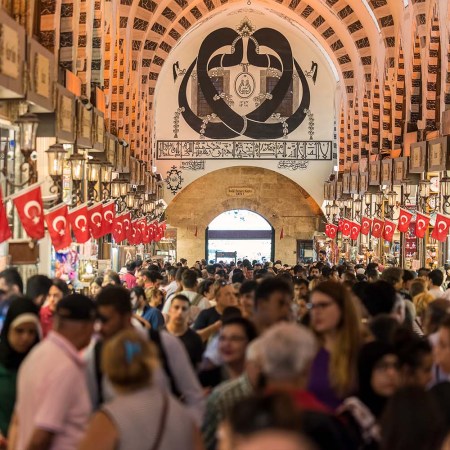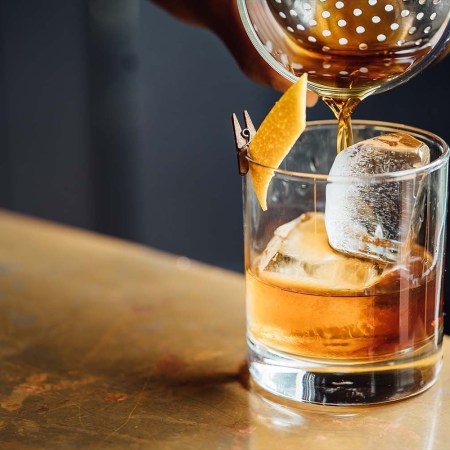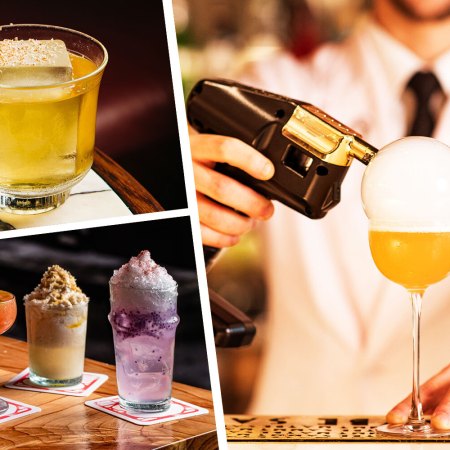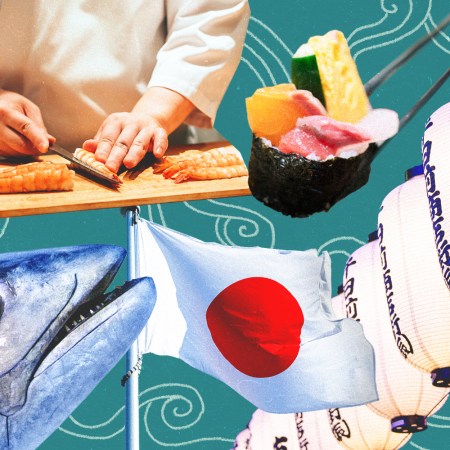The hotel steakhouse is a tried-and-true, thick-cut slice of Americana that has expanded its reach around the world. But for every taste bud-tantalizing meal at a memorable restaurant — or at least a solid and satisfying one for a palatable price tag — there’s an overpriced, overblown offering whose signature dish is a plate full of disappointment paired with an empty wallet. The staid, stuffy hotel steakhouse has become a staple, the default option for extracting as much value from in-house guests while needing to execute the least. I’m done with it.
That’s not to say I’m adverse to the pleasures of large portions of juicy, well-cooked steak, or that I’m steadfast against enjoying it from a restaurant housed in my hotel, the comfortable confines of my room and its promises of sleeping off a filling dinner while wrapped in the embrace of a plush robe a mere elevator ride away. I’m just looking for something different. Something better. Something more interactive and engaging, where my enjoyment of the overall experience is on par with the excellence of the eats to the extent that I no longer even care how much money I’m spending. Charge it to my room and I’ll look at the bill in the morning with clearer eyes, but right now? I couldn’t care less. Give me the Japanese robata or teppanyaki hotel restaurant.
These Luxe Japanese Hotels Offer Prestigious Private Label Spirits
Five exclusive pours that are only served on-propertyAn Intro to Japanese Robata
Japanese robata, or robatayaki, is the refined treatise of Japanese barbecue. Food is prepared with clean-burning charcoal in a large pit or grill, with expert chefs deftly judging the proper distance, time and directness of heat required for the perfect preparation of each morsel of food.
More familiar will be the teppanyaki restaurant, because yeah, you’ve been to a Benihana, right? But teppan cuisine in Japan is its own beast, a mastercraft, even if the tools and the stage are the same. It’s like skipping straight from preschool to PhD. In Japan, the antics are cast aside in favor of a pure focus on precision cookery and the finest ingredients, though you still get to enjoy a bit of showmanship while observing the spectacle of the plate-by-plate prep of your meal sizzling up on the flat top, steel griddle right in front of you.
Now, neither the Japanese robata or teppanyaki restaurant is a clean one-to-one comparison to the American steakhouse. There’s more to these multi-course meals beyond the steak itself — even if a marvelously marbled portion or two of A5 wagyu is indeed the star of the show — including perhaps a smattering of fresh seafood and vegetables. But less is more with steak that rich and flavorful, and you’ll savor the rewards of such treasured bites as the crowning achievement and acme of an entire evening, as the harmonious crescendo of a momentum-building journey, even more than you would the solo performance of an enormous slab of beef.
Here are three hotels — in three different areas of Japan — to check into when an excellent, captivating in-house steak feast is what’s on order.
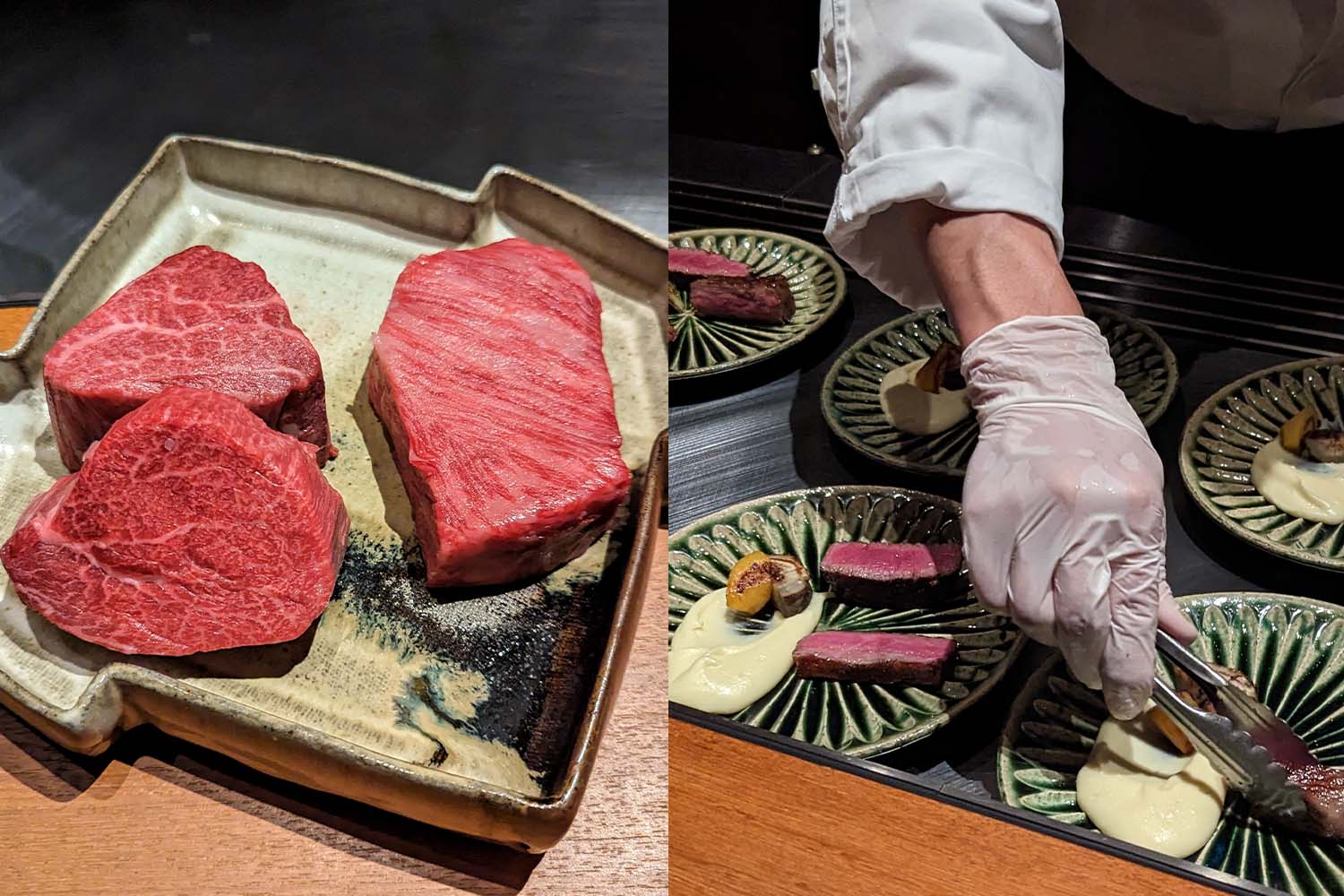
Park Hyatt Kyoto
The Park Hyatt Kyoto, designed with impeccable style as a traditional, luxury guesthouse set amid historic grounds and gardens, and integrated with aplomb into its heritage-rich neighborhood, is home to Yasaka. The top-floor restaurant blends teppan preparation with French culinary technique and concepts, from two 10-seat, glass-enclosed dining rooms with storybook window views of its namesake landmark, the Yasaka Pagoda.
Chef de Cuisine Kampei Hisaoka serves five or six course menus, as well as an omakase option, each with optional drinks pairings. The signature dish on the menu is an uni, shrimp and caviar-topped fluffy souffle pancake bearing the thickness of a biscuit. It’d be hard to top that, if it weren’t for an impeccable two pieces of wagyu, one each of a different cut, plated with seasonal vegetables and house-made accompaniments such as a mouthwatering vanilla salt.
The extravagant scene alongside the brilliant French-Japanese cuisine make for an unforgettable evening.
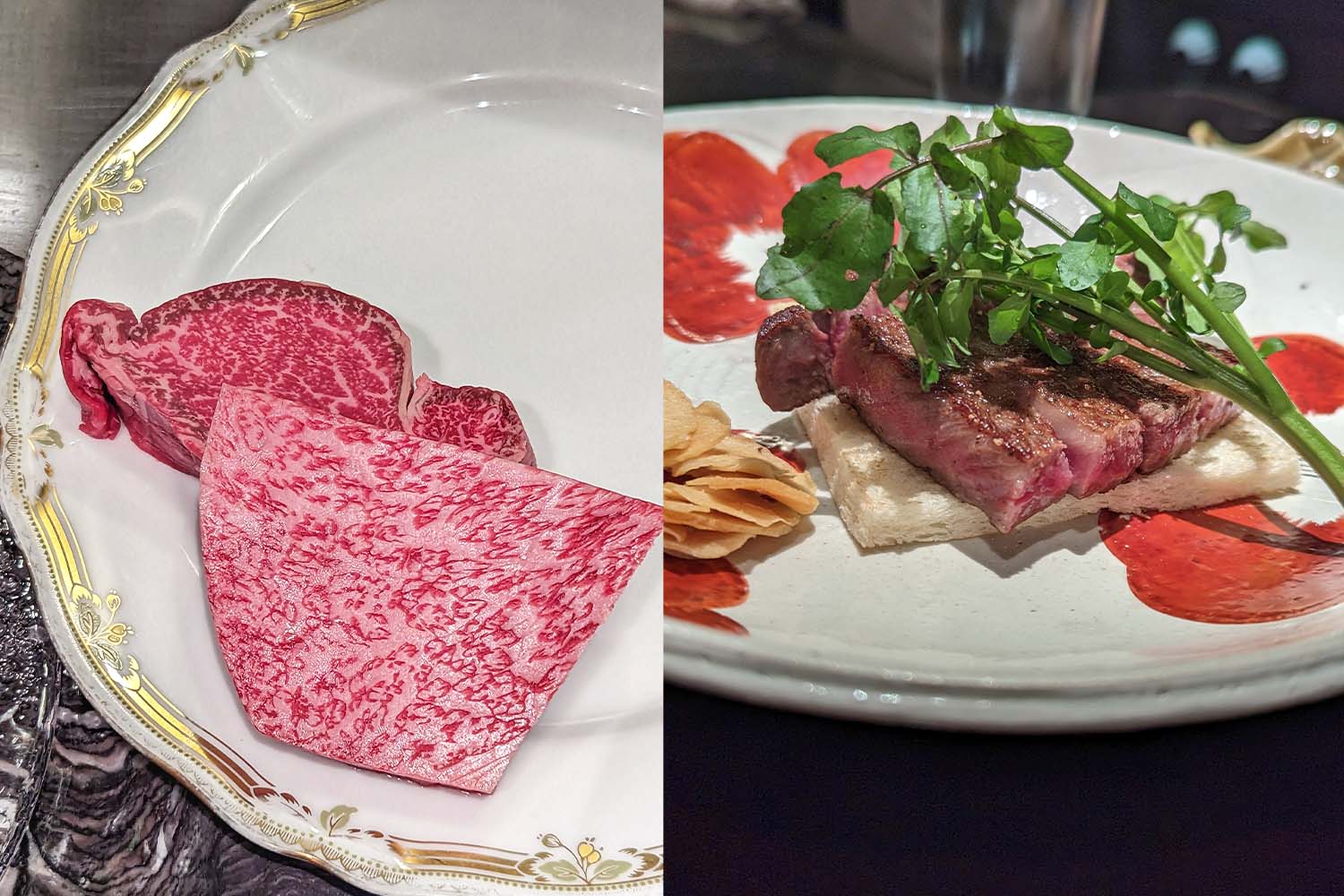
Shangri-La Tokyo
The Shangri-La Tokyo‘s Nadaman restaurant, an outpost of the Japanese brand with a history stretching back to 1830, is an elegant collection of multiple dining concepts housed within the hotel’s 29th floor. The restaurant includes a main dining room specializing in kaiseki cuisine, a sushi counter, several private rooms, and to my great delight, two semi-private teppanyaki rooms.
Multiple set menus are available, varying in their number of courses but generally following a blueprint from appetizer and vegetables, to seafood, wagyu, garlic fried rice, miso soup and dessert, with a tasting flight of six sakes making for an ideal pairing. During my meal, live abalone tried to escape its grill-top fate by clambering across the table, before tenderloin and sirloin cuts of wagyu were presented, each so marbled as to be bordering on the obscene.
“A5 doesn’t do that wagyu justice,” my dining companion said. She wasn’t wrong.
The steak is paired with a trio of different salts, and small accompaniments such as fried garlic chips. Fresh off the flat top, the meat is placed atop thin slices of white bread, absorbing every last drop of drippings which might otherwise get away. The bread is then stuffed with a thin layer of crispy beef fat scraped from the teppan and put back on the heat, making for a sultry little sando — the pared down, pure savory essence of the steak you just devoured.
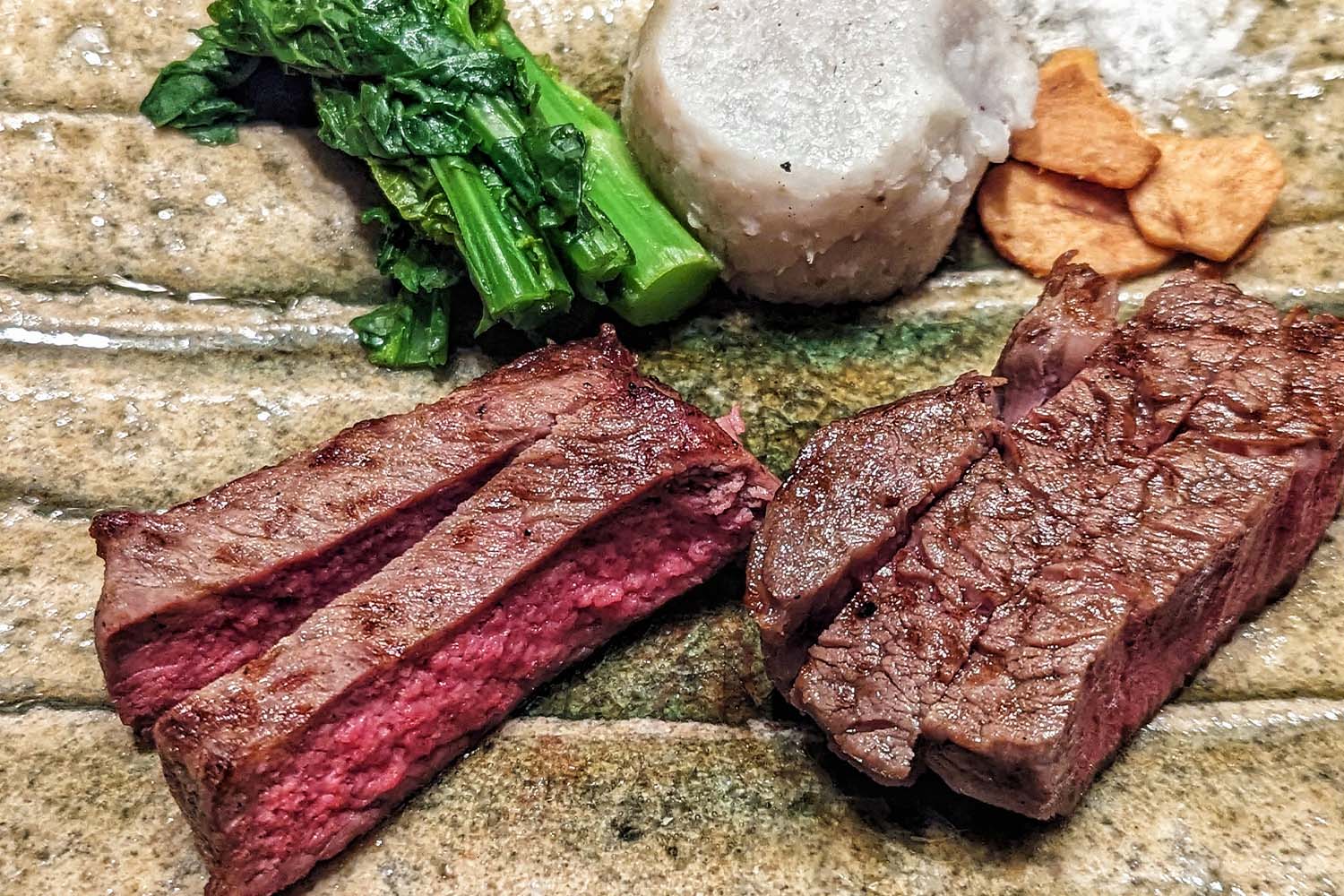
Fuji Speedway Hotel
Let’s switch gears and rev up for some Japanese robata at the Fuji Speedway Hotel, on the grounds of its inspiration, the Fuji Speedway, near the base of the famed Mount Fuji. Executive chef Jun Ishii has spent his career building deep relationships with farmers and purveyors in the Shizuoka region, enabling him to source local products of the highest quality. This pays dividends for hotel guests at other times, too, such as during an indulgent Japanese breakfast set featuring a dozen components, one of which is a prized, grated yam soup, tororo-jiru, sourced from Chojiya, a purveyor founded in 1596.
The evening’s fresh ingredients — a seasonal, local bounty — are showcased with pride in front of diners, from a dining room with an auto garage-inspired aesthetic. The U-shaped dining counter wraps around a central robata cooking station, where the chef team works its magic. A la carte dining is available, though the set menu offered during two seatings per evening is the ticket, with drink pairings running the gamut from tea to sake, shochu, beer and other local libations.
A night of lavish sashimi plates and standout dishes such as tsukune — a long skewer of grilled ground chicken dipped into a luscious, seasoned raw egg yolk culminates in a duo of wagyu — awaits. The succulent beef glows an almost neon pink from within, yet is crisped and browned along the edges, a feat that could perhaps be explained or written off by the scientific machinations of sous vide preparation, but seems nigh impossible when done by hand over charcoal.
Think you’re finding any of the above at your average American hotel steakhouse? Yeah, I’m afraid not.
Every Thursday, our resident experts see to it that you’re up to date on the latest from the world of drinks. Trend reports, bottle reviews, cocktail recipes and more. Sign up for THE SPILL now.



